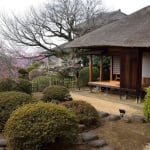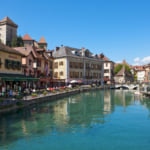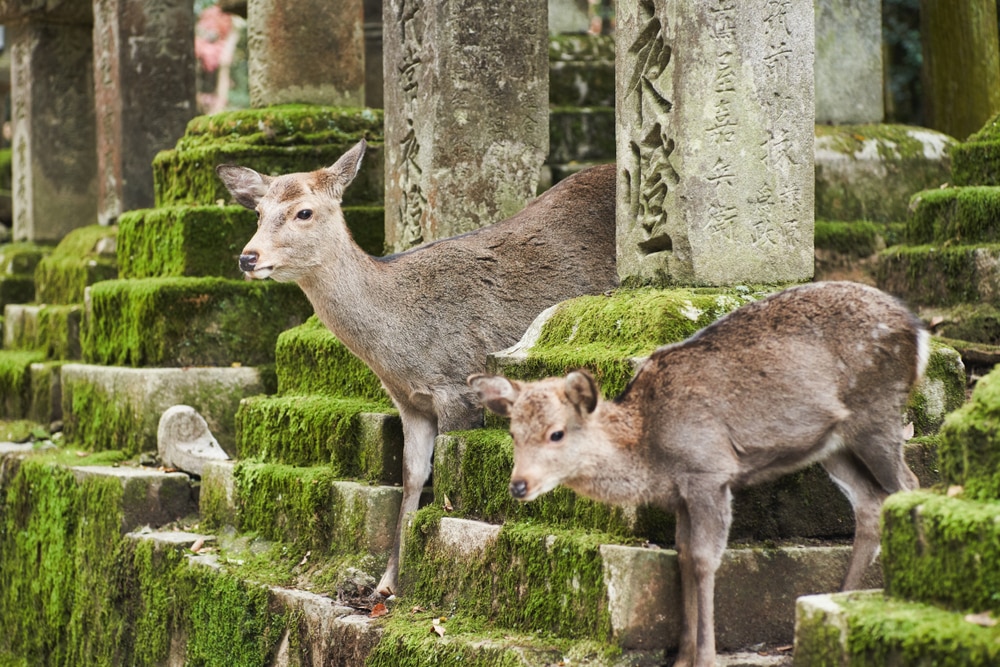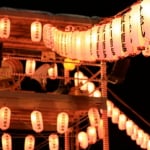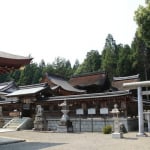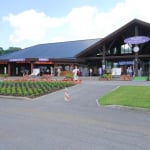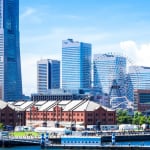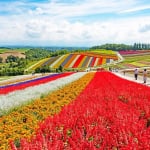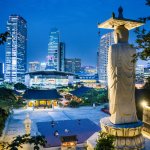Photo by YUSHENG HSU/Shutterstock
Top 10 Things to Do in Nara Outside of Nara Park
At the center of Nara City, Nara Park, which encloses Todai-ji, Nara's most stunning Buddhist temple complex, and the mountainside Kasuga-taisha, one of Nara's oldest Shinto shrines, is the most-visited attraction in all of Nara Prefecture. But there's so much more to this region than the park and its population of friendly wild deer. Explore historic villages, unwind at hot springs, take a trip through ancient castles and hike through untouched wilderness - right here in Nara.
table of contents
[x] close
Top 10 Things to Do in Nara Outside of Nara Park
Heijokyu, the Former Imperial Palace

Photo by ふくいのりすけ/Pixta
Before the Japanese Imperial Family took up residence in Kyoto, they established the Heijo Palace (Heijokyu) in Nara City. Nara Prefecture, right in the middle of Japan's Kii Peninsula, was the ideal choice. The region is home to spiritually important sites like Ise Grand Shrine in neighboring Mie Prefecture, and was a major stop along the Silk Road trade route. The palace was moved to Kyoto in 784, and Heijokyu was left to fall into ruin. The palace structures that stand there now are a faithful reconstruction, some of which were done using excavated remains, and is included in Nara's UNESCO World Heritage list.
Dorogawa Onsen

Photo by Yama/Pixta
The healing waters of Dorogawa originate on nearby Mount Omine, a sacred mountain on the Kumano Kodo Pilgrimage Route. Today, its charming traditional townscape is dotted with historic ryokan - Japanese-style inns - and restaurants selling local delicacies. After soaking in the onsen, cool off by spelunking in the nearby Goyomatsu Limestone Cave or take a hike to visit Ryusen-ji, a temple with ties to mythical dragons.
Imaicho
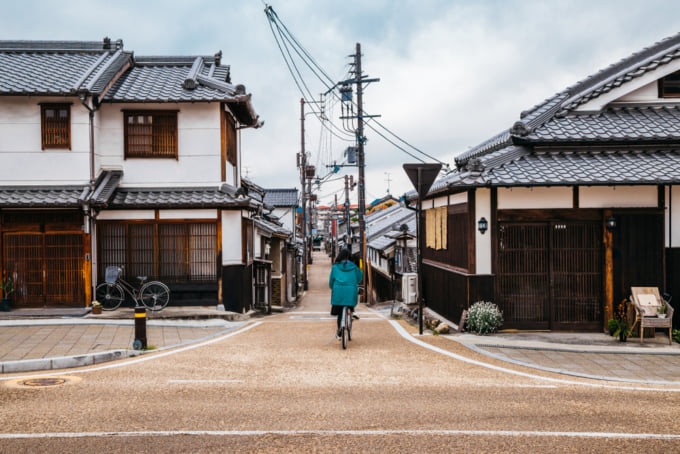
Photo by Sanga Park/Shutterstock
The traditional townscape of Imaicho takes visitors back to the Edo Period, when merchants, samurai and wealthy townsfolk shaped the region. This compact little town is filled with well-preserved homes and machiya, the narrow townhouses that were so popular during the feudal era. Recommended stops on a tour of Imaicho include Kawai Sake Brewery, Imai Machiya Museum and nearby Kashihara Jingu, the legendary site of the first emperor's residence in 660 BC.
Mount Kasuga Primeval Forest

Photo by kimtoru/Pixta
The Mount Kasuga Primeval Forest is a half-kilometer of wild, untamed forests, untouched for over 1000 years. The immense trees, covered in thick green moss, winding around waterfalls and mysterious caves, are home to many rare species of insects and birds. The hiking trail through the ancient forest, the Kasugayama Mountain Trail, is located behind Kasuga-taisha, Nara's most famous and arguably most impressive Shinto shrine.
Kohechi and the Kumane Kodo Pilgrimmage Route

Photo by yuda_foto/Pixta
A UNESCO World Heritage treasure, the Kumano Kodo pilgrimage routes snake through Nara and the Kii Peninsula, connecting the sacred temple town of Mount Koya in Wakayama Prefecture to the Three Great Shrines of Kumano to the south and Ise Grand Shrine in the east. In Nara Prefecture's Totsukawa, the route passes through the picturesque mountain village of Hatenashi, where pilgrims have sought refuge for hundreds of years.
Koriyama Castle

Photo by Sean Pavone/Shutterstock
Explore the region's history during the Warring States Period, also known as the Sengoku Era, at Koriyama Castle. Many of the castle structures have been preserved through the centuries or are flawless reconstructions. The castle, along with its moat, tertiary structures and the nearby Yanagisawa Shrine are now part of a public park in Yamato-koriyama.
Naramachi
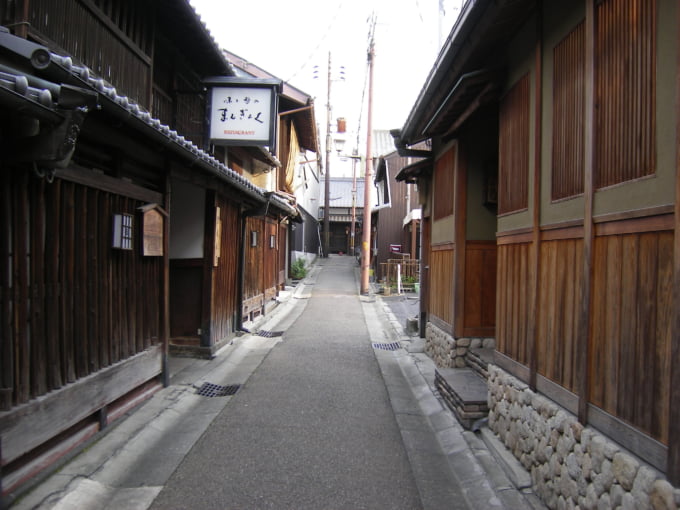
Photo by rockriver/Flickr
The perfect place for a leisurely stroll, this historic area in Nara City is full of traditional Japanese architecture in the form of converted merchant houses from the Edo Period. Stop for matcha and wagashi - Japanese-style sweets - at Nakanishi Yosaburo. Later, shop for souvenirs at the stylish boutiques and shops, all while admiring Naramachi's traditional architecture and historic charm.
Mount Yoshino
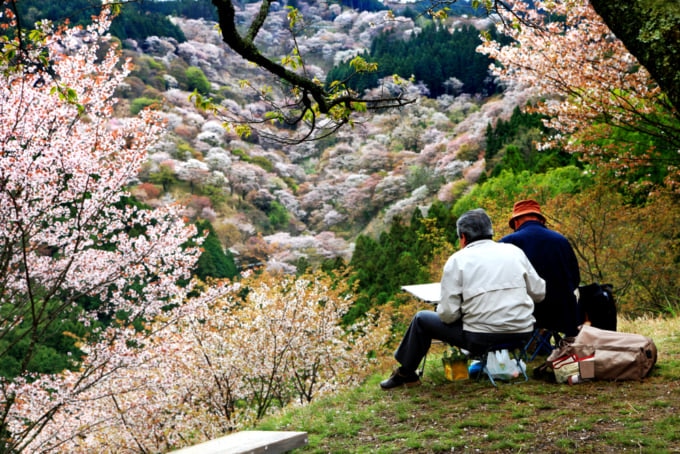
Photo by jirobkk/Shutterstock
In the spring, Mount Yoshino comes alive in a colorful display of pink and white, while in the fall, bright yellows and deep crimson foliage compete with stubborn evergreens to steal the show. Part of the Kumano Kodo passes through the mountain, making stops at several ancient temples and shrines along the way. Mount Yoshino is also known for its many outdoor hot spring baths, almost all of which offer breathtaking views of the mountain.
Horyu-ji Temple

Photo by ジャバ/Pixta
The impressive Horyu-ji complex is home to a jaw-dropping 48 World Heritage monuments, including the five-story pagoda, considered by some to be the world's oldest wooden building. Horyu-ji's Buddhist temple complex was completed in 607 AD. Located in a rural area, exploring the temple as well as the nearby Horin-ji and Hoki-ji temples can easily take up an entire day.
Mountain Village Gojo

Photo by 蝶(ファラージャ)/Pixta
Just steps from the suburban welcome at Gojo Station, explore Gojo's Shinmachi-dori for traces of the charming mountain village that once thrived here on the banks of the Yoshino River. The village is known for its historic machiya townhomes and growing population of young creatives and small business owners, thanks for a local government initiative with the aim of preserving the town and its architecture.
In Conclusion
When in Nara, Nara Park and its spotted sika deer are a must-see. But with historic merchant villages, breathtaking wilderness, quaint onsen towns and more just a short train ride away, it's easy to see why Nara Prefecture once housed the capital of Japan.


